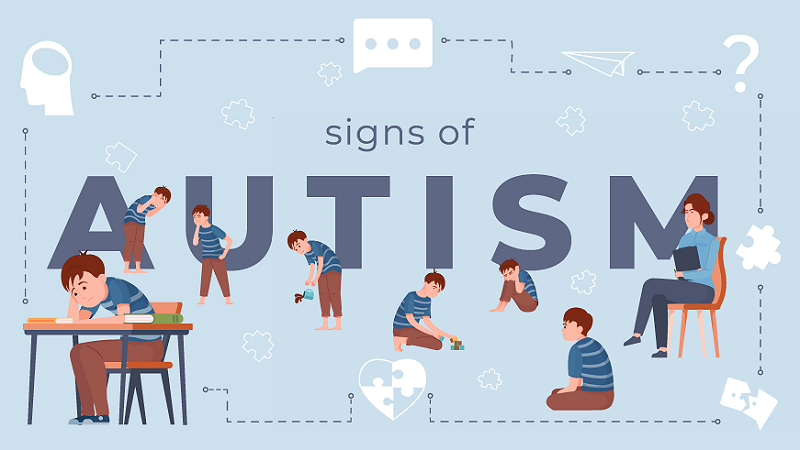Early signs of autism in toddlers
Have you ever found yourself looking out if there is any information on early signs of autism in toddlers? This article aims to provide a deeper understanding of the topic.

The signs typically begin to emerge within the first one to two years of a child’s life. These signs can vary significantly between children. Some signs may be relevant while other signs might not be as relevant. The presence and intensity of these signs often depend on the child’s age and stage of development. In some cases, early signs of autism in toddlers may become more noticeable as the child grows older.
In the first year, developmental milestones include reacting when their name is called out, using signals to communicate and establishing eye contact. One of the key areas where early signs may appear is in a child’s communication and social development.
Unlike their neurotypical counterparts, children on the spectrum might not use eye contact consistently to gain attention. For instance, a child may not look at a parent to indicate they want an object of their interest. They may rarely point to or hold up objects to show what interests them.
Smiling back at familiar faces might not happen consistently, and they may not often imitate simple actions, such as combing their hair when someone else does it. Their babbling might not resemble a back-and-forth conversation, or they might not babble at all. By the time they are one to two years old, they may struggle with understanding and following simple instructions.
Instead of holding up a toy and looking for a response, they might simply drop it and walk away. They might play in repetitive ways, such as spinning the wheels of a toy car or constantly dressing and undressing a doll. Their interactions with toys may be unconventional, for example, they might enjoy lining up items or grouping them into piles.
In terms of social relationships and play, children on the spectrum may show limited interests. They might not look towards others or attempt to engage their attention. Additionally, children with autism might not consistently respond to their name or use gestures.
Behaviorally, repetitive actions and intense interests in specific objects or activities are also among the early signs. Some children may become strongly attached to particular objects, focusing almost exclusively on them. If they are especially interested in an activity, they can become upset if they are unable to engage in it, such as insisting on watching the same TV show repeatedly.
Children with autism often prefer routines and can become distressed when those routines are disrupted. For instance, they may insist on taking the same route to a familiar place every time. Repetitive movements may also be present, including consistently itching their back, flapping their hands, holding their arms stiffly, or walking on tiptoes.
Children on the spectrum may also experience sensory sensitivities. Loud noises or bright lights might disturb them more easily than they disturb their peers. A strong preference for sameness can extend to their environment, for example, only eating foods with specific textures or colors, or wearing the same clothes every day. Some children may actively seek out sensory experiences, like rubbing objects on their face or lips, or smelling items repeatedly.
Are you still unsure about noticing early signs of autism in toddlers? A child-focused autism test might also be helpful in understanding important indicators.

About the author